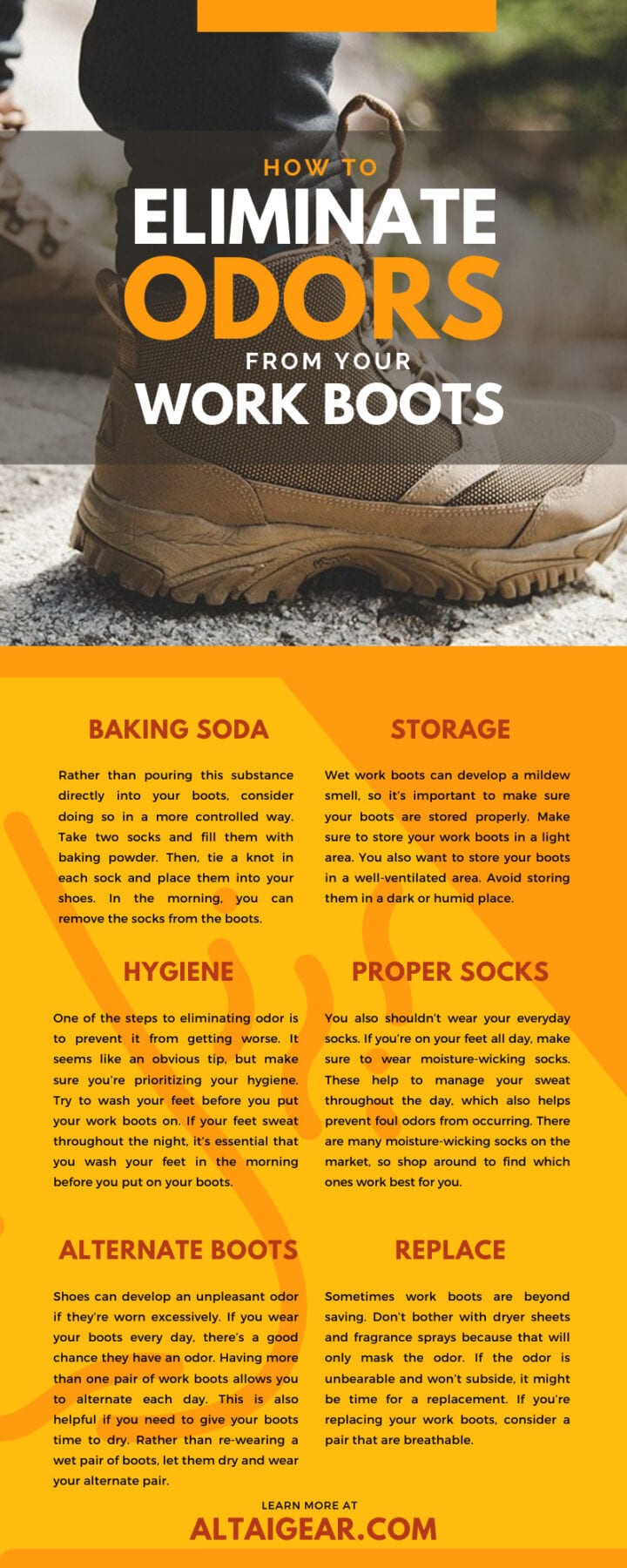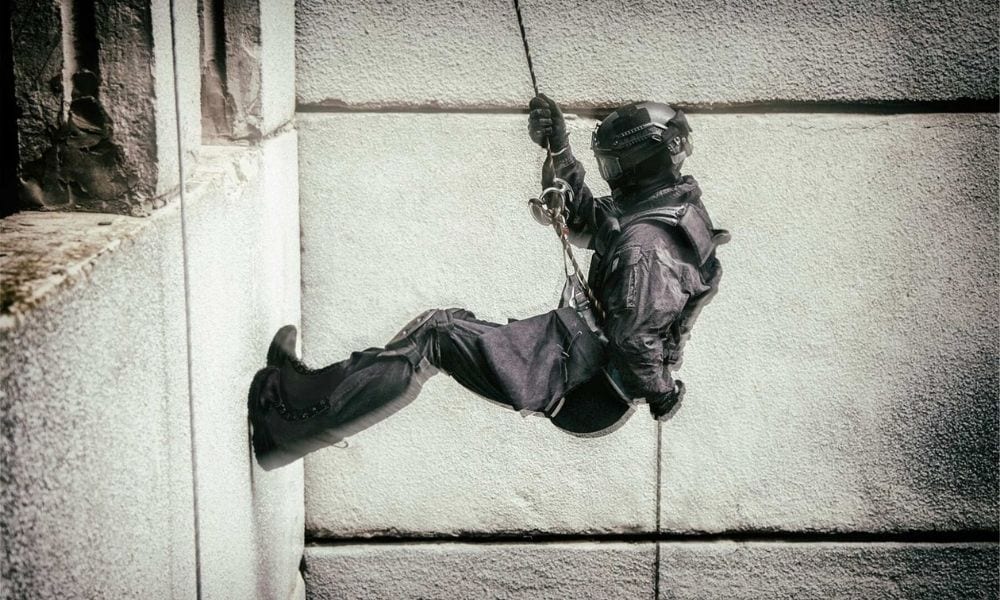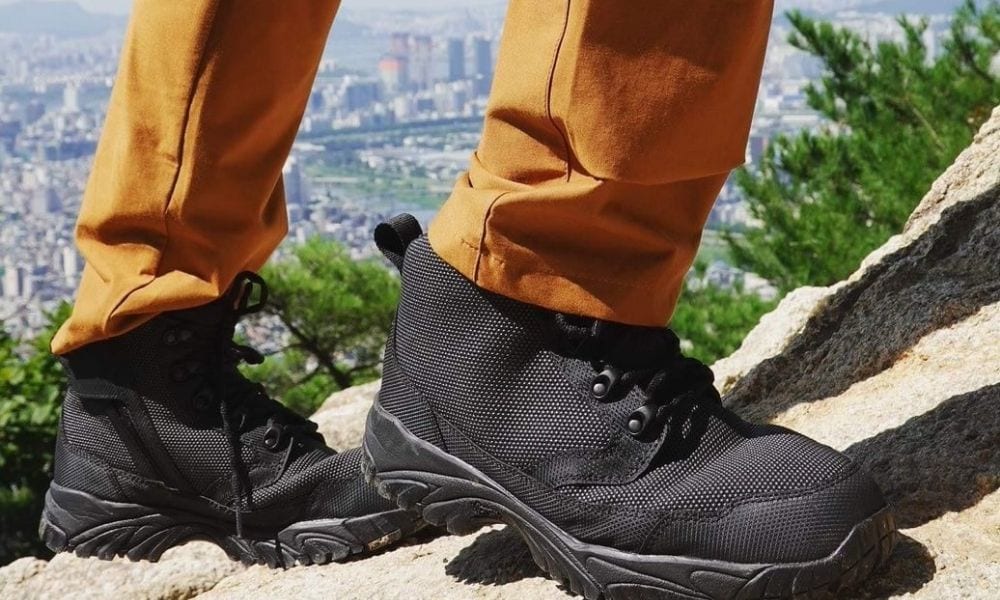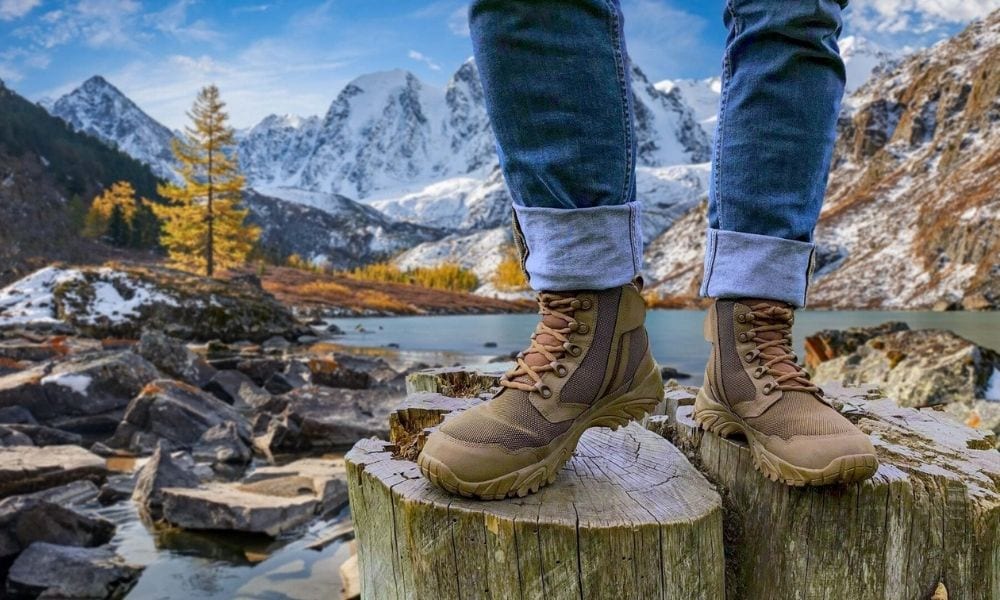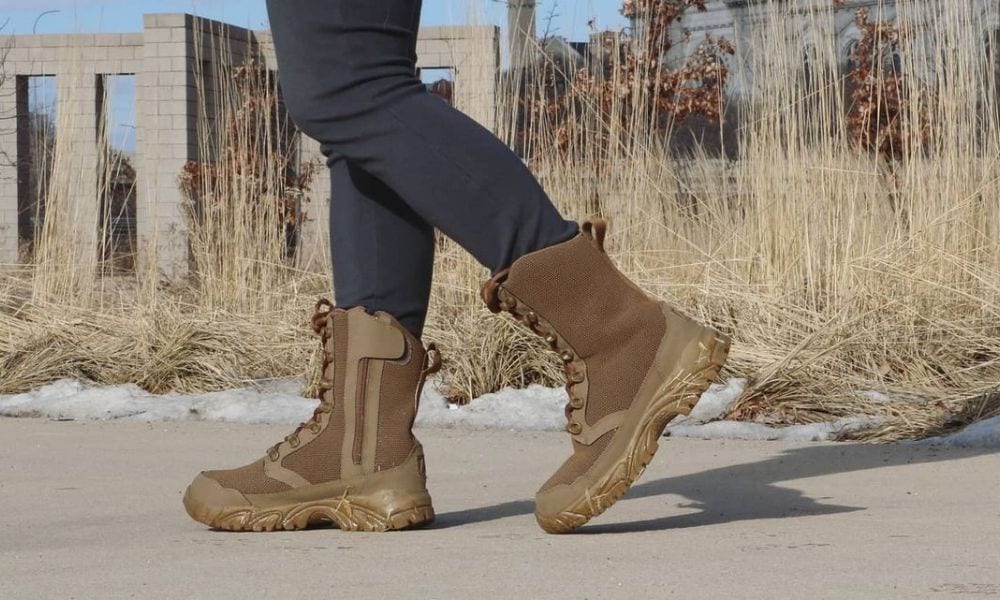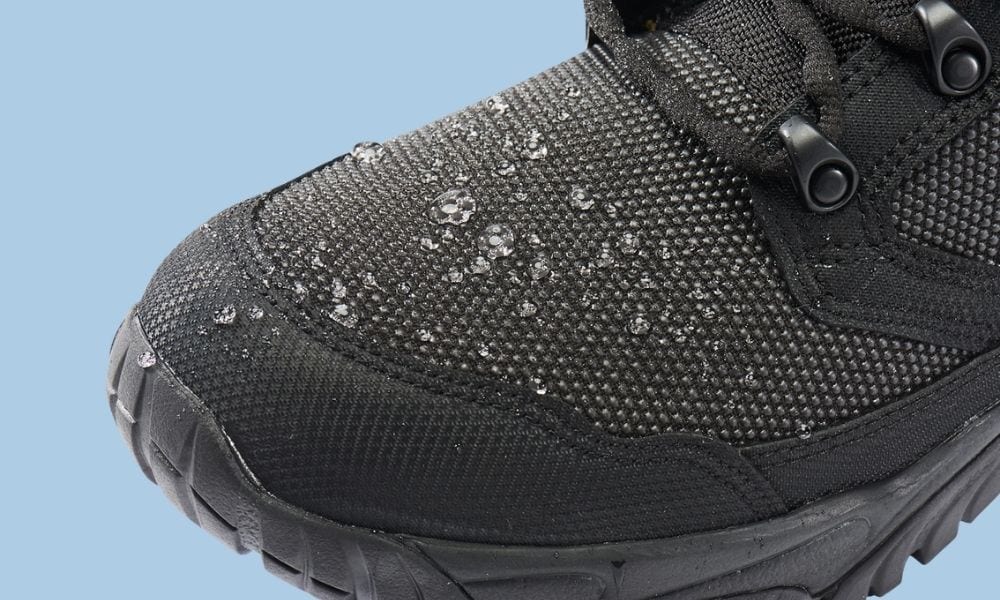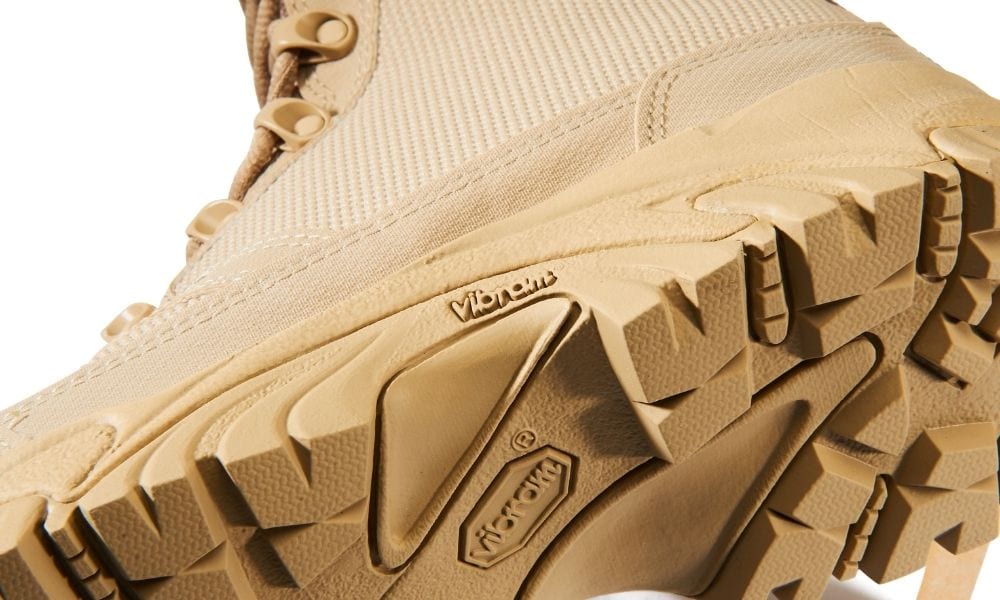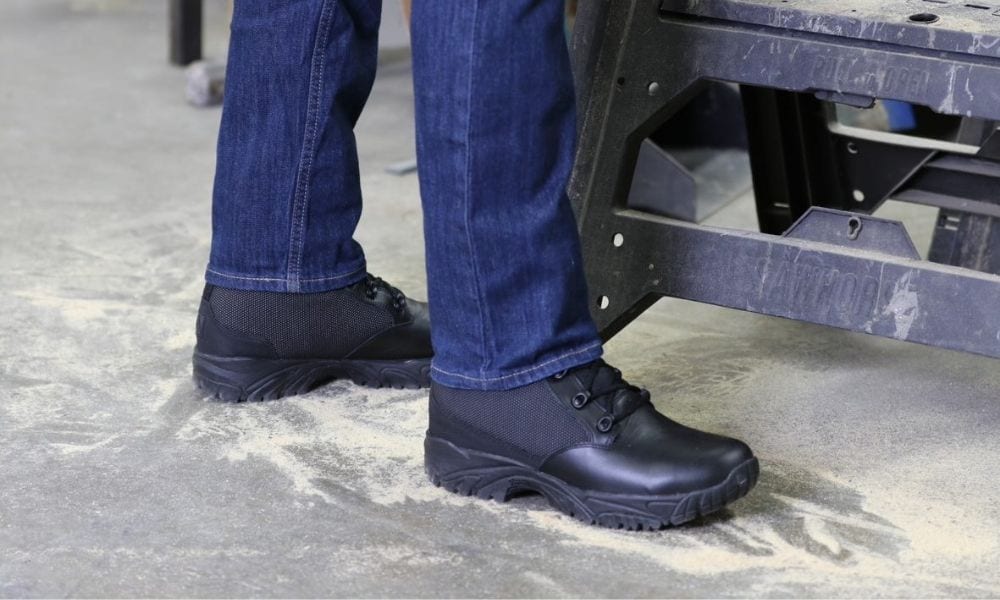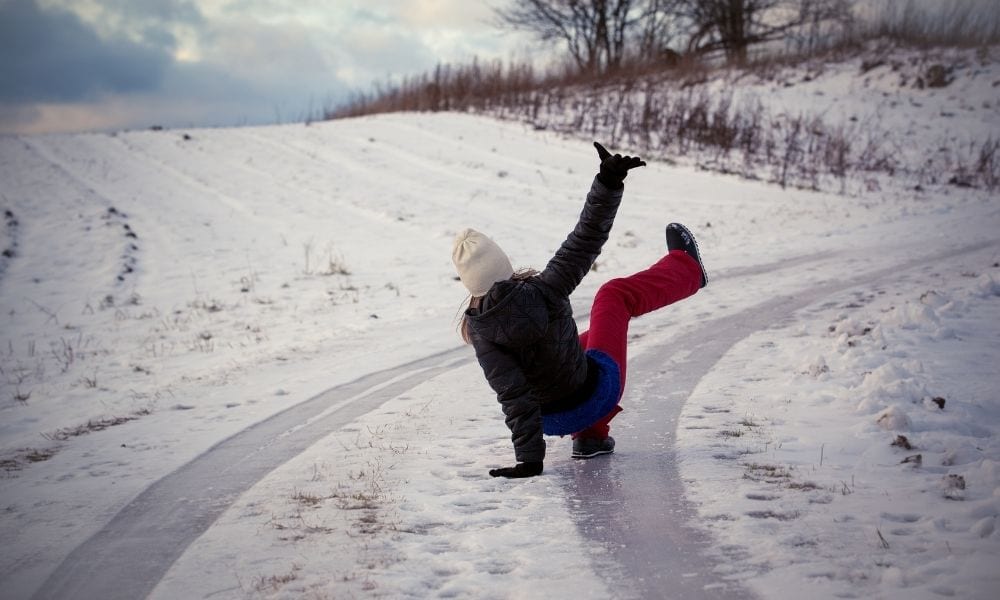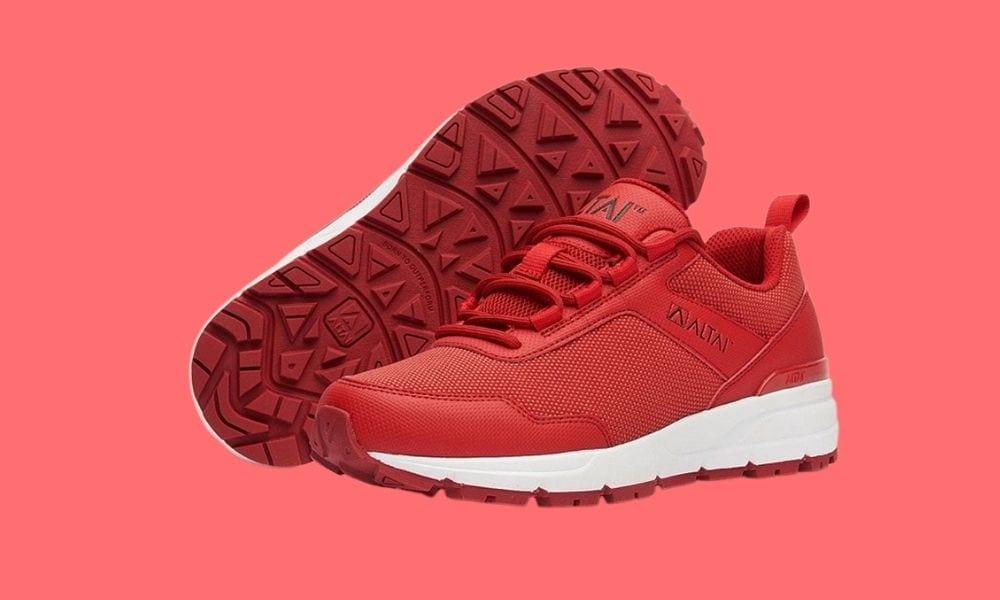No one wants to wear smelly work boots, but sometimes the unpleasant odor is unavoidable. Working on your feet all day is hard work and sweating is a normal byproduct of that. When your work boots have an unpleasant odor, it’s essential that it’s taken care of immediately. Here we explain how to remove odor from work boots, so keep reading to learn more.
Baking Soda
Working all day in your boots can cause an unpleasant odor. This happens because the feet sweat throughout the day, and then that sweat is absorbed into the boots. You can do several things to eliminate the odor from work boots. Baking soda is a Ph neutralizer, so it works great for eliminating odor. The baking soda helps eliminate the bad smell which is caused by sweat. Putting baking soda in boots is a simple and cheap way to eliminate odors.
If you’re wondering how to remove odors from work boots, try baking soda. Many people use baking soda to eliminate odors in their shoes. Some people suggest putting it directly into the shoes. If you use this method, the baking powder sits in the shoes overnight. The next morning, the baking soda is dumped out. Keep in mind that this method can make a mess.
Not everyone loves the idea of dumping baking soda directly into their work boots. Rather than pouring this substance directly into your boots, consider doing so in a more controlled way. Take two socks and fill them with baking powder. Then, tie a knot in each sock and place them into your shoes. In the morning, you can remove the socks from the boots.
Storage
Whenever your work boots are wet, you risk them developing an unpleasant smell. Wet work boots can develop a mildew smell, so it’s important to make sure your boots are stored properly. Make sure to store your work boots in a light and well-ventilated area. Avoid storing them in a dark or humid place. If possible, try to store your boots upside down. You can use wooden or metal stakes to place the boots on, upside-down, to help them fully dry. If you store them as is, the moisture might sink to the bottom of the boot and stay there. Make sure that your work boots are fully dry before you wear them again, as wearing wet shoes can cause discomfort.
Hygiene
Odor can come from sweat or mildew, among many other things. When your boots have an unpleasant odor, it’s common to think about ways to mask the odor. One of the steps to eliminating odor is to prevent it from getting worse. It seems like an obvious tip, but make sure you’re prioritizing your hygiene. Hygiene is important, especially when it comes to eliminating bad odors. Try to wash your feet before you put your work boots on. If your feet sweat throughout the night, it’s essential that you wash your feet in the morning before you put on your boots. Failure to do this will only make the odor worse. You should also wash your feet after work, to ensure that the odors from the day are washed away. It’s important to be thorough while washing your feet, so don’t forget to scrub between your toes. This probably goes without saying, but make sure to use soap while washing.
Proper Socks
What you wear with your boots also plays into how they smell. Have you considered the type of socks you’re wearing? It’s important to wear proper socks with your work boots to avoid excessive sweating. When you go shopping for socks, don’t just choose the cheapest option available. You also shouldn’t wear your everyday socks. If you’re on your feet all day, make sure to wear moisture-wicking socks. These socks help mitigate your foot sweat throughout the day and keep work boots from smelling after. There are many moisture-wicking socks on the market, so shop around to find which ones work best for you.
Another helpful tip is to always bring a spare pair of socks with you to work. Anything can happen, so it’s best to be prepared. If your socks get wet during the day, or if you experience excessive sweating, it’s helpful to have a spare pair. If you drive to work, consider keeping spare socks in your car for emergencies. This is also helpful if one of your socks rips during the day. It’s better to be cautious and bring a spare than to be uncomfortable all day.
Alternate Boots
If you want to eliminate odors from your work boots, consider having more than one pair. Shoes can develop an unpleasant odor if they’re worn excessively. If you wear your boots every day, there’s a good chance they have an odor. Having more than one pair of work boots allows you to alternate each day. This is also helpful if you need to give your boots time to dry. Rather than re-wearing a wet pair of boots, let them dry and wear your alternate pair. This helps keep the boots in better condition for the long term.
Replace
Sometimes work boots are beyond saving. Don’t bother with dryer sheets or work boot deodorizer because that will only mask the odor. If the odor is unbearable and won’t subside, it might be time for a replacement. If you’re replacing your work boots, consider a pair that are breathable. You might also want to buy a pair of work boots that are waterproof, for the sake of working in the rain or snow.
At Altai®, we offer high-quality tactical footwear. If you’re looking for quality footwear that’s comfortable and durable, look no further. Our boots are designed to provide your feet with support throughout the day. Altai® boots are of the best in the industry because they’re waterproof, lightweight, and breathable. Once you try on our high-quality boots, you’ll wonder how you ever went without them. Feel free to give us a call if you have any questions—we’d be happy to help.
